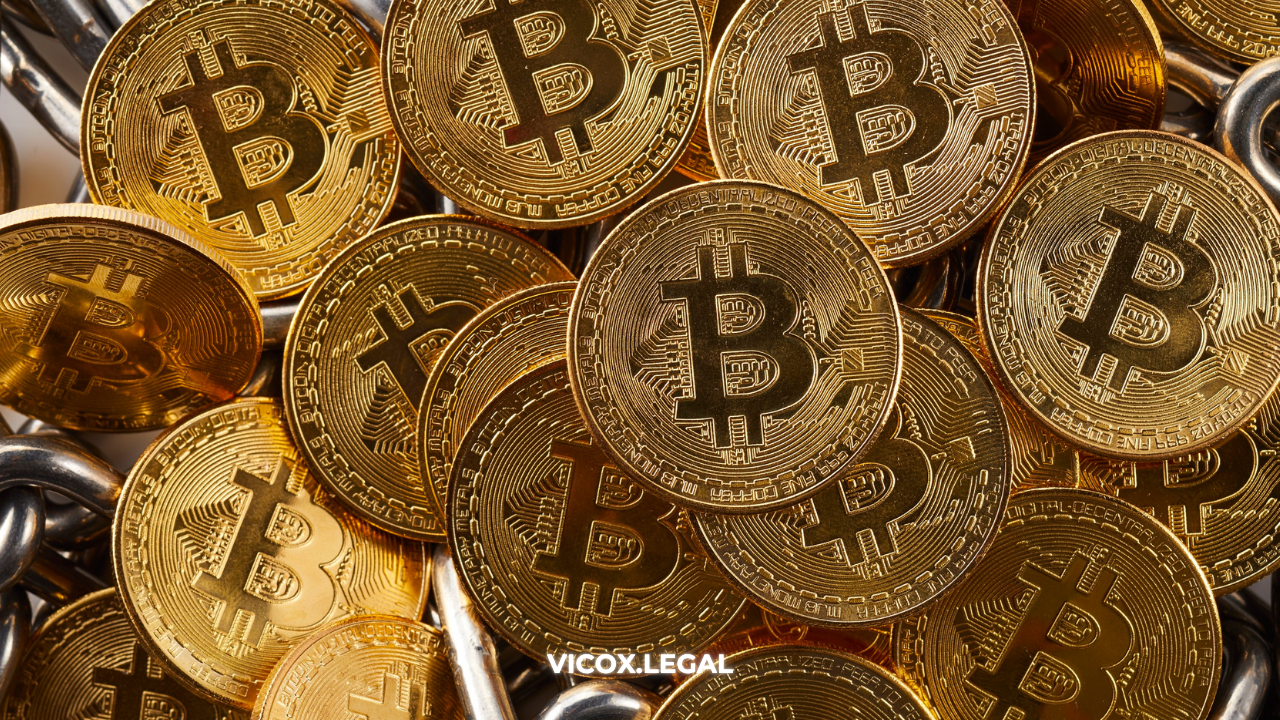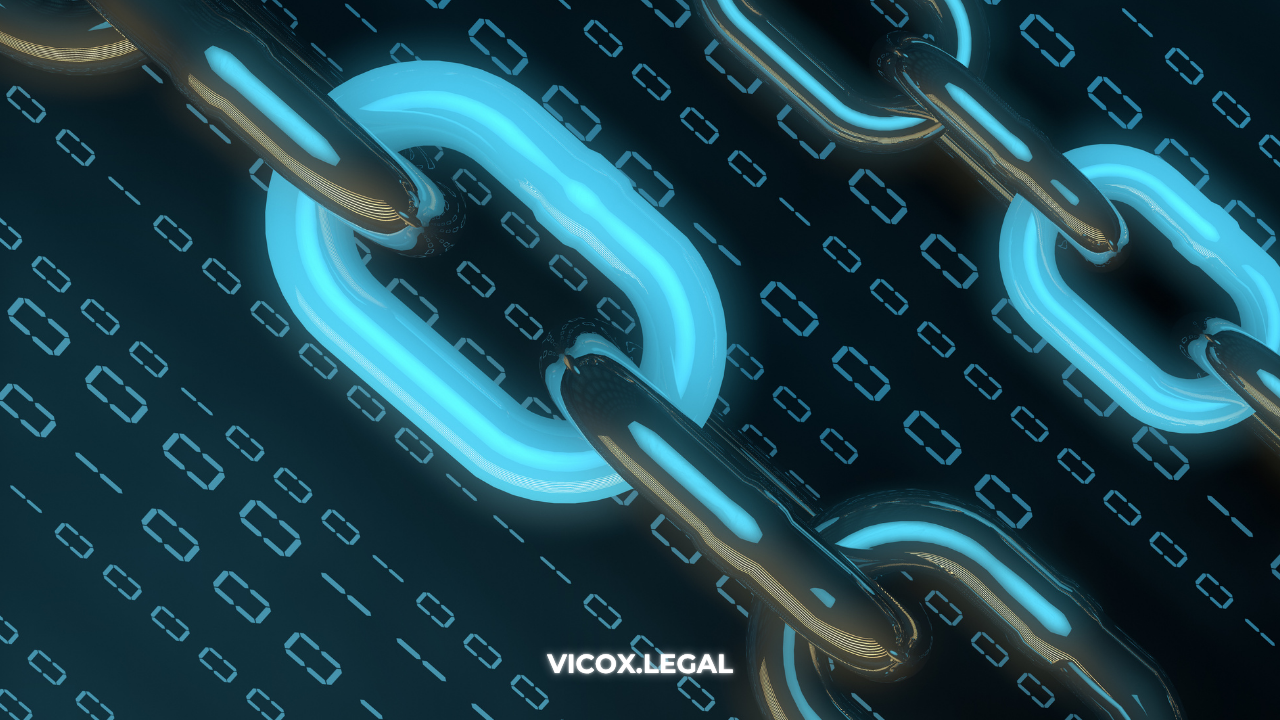
The name stable currencies (in English, stablecoins) designate those virtual currencies that have (or pretend to have) a fixed intrinsic value, linked to fiat currencies or to the price of certain commodities. The stabilization of value represents a great advantage of these assets with respect to cryptocurrencies such as Bitcoin or Ethereum, since the volatility of the latter is one of the main circumstances that hinders their acceptance as a means of payment.
Although it is commonly thought otherwise, from a computational-technical point of view stable coins are not cryptocurrencies themselves, but rather are tokens controlled by smart contracts. The owners of these contracts are, in turn, legal entities, existing on the physical or legal plane, which undertake to reimburse the value of the stable coin, in fiat or commodity securities, to the holders of the same.
Depending on their method of value stabilization, stable currencies can be classified into two broad categories:
- Algorithmicstablecoins: Stabilization mechanisms are intrinsic, consisting of algorithms that issue or redeem stablecoins within the blockchain depending on the supply or demand of the blockchain. They work in a similar way to when a Central Bank raises or lowers interest rates for the purpose of increasing the money supply in circulation. The algorithmic stablecoin with the highest market price at present is Dai, whose smart contracts are integrated into the DAO MakerDAO. Just as commercial banks can lend the money deposited by their customers to third parties, being obliged to retain on their balance sheet only a small percentage called "cash coefficient", Ethereum users can also deposit ethers in MakerDAO accounts and lend the deposited money to other users. In Dai, the cash coefficient is 33%, so that the deposit of about $150 in ethers authorizes the user's own lending of about $100 in Dai. MakerDAO and its smart contracts have so far managed to keep the value of Dai stable (around one dollar), using mechanisms such as changing the cash coefficient or varying the interest rates on loans. In other algorithmic currencies, it is oracles that make information about the quotation that the currency has in different markets(exchanges) enter into the blockchain. Based on this information, smart contracts, like central bankers, make the money supply expand or contract.
- BackedStablecoins: In this case the stabilization mechanism is external. An entity with legal personality undertakes to reimburse investors, in fiat or commodities, the value of their digital assets. In the cases of USD Coin(USDC), Tether and Binance USD(BUSD), it is the Centre consortium and the companies Tether Limited Ltd and Paxos respectively that, by means of their reserves, guarantee the parity of their respective virtual currency with the dollar. In other stable currencies, such as the former Pound/Diem, holders are assured of their convertibility into assets in a basket that may include fiat currencies or commodity futures.
Since many stablecoins have lost their parity with the corresponding fiat currency or even in some of them their price has completely collapsed (as in the case of Terra), the public authorities have begun to intervene in the matter to protect the interests of investors. Thus, in the territory of the European Union, the stablecoins of the second category have been regulated by the MiCA Regulation in its Titles III and IV, which will be the subject of another article in this blog.




